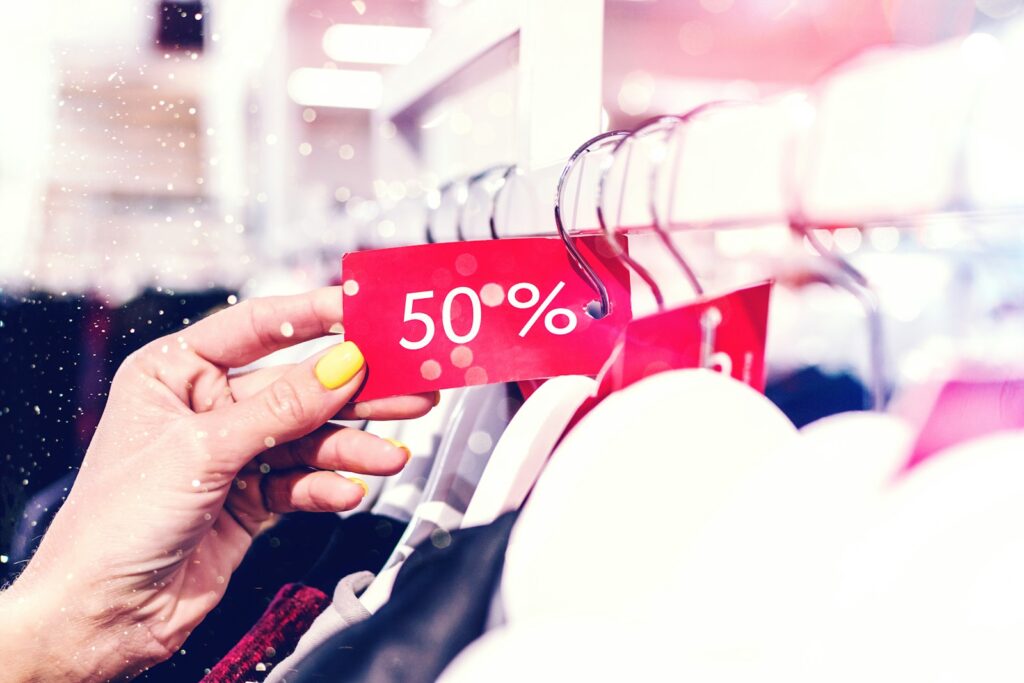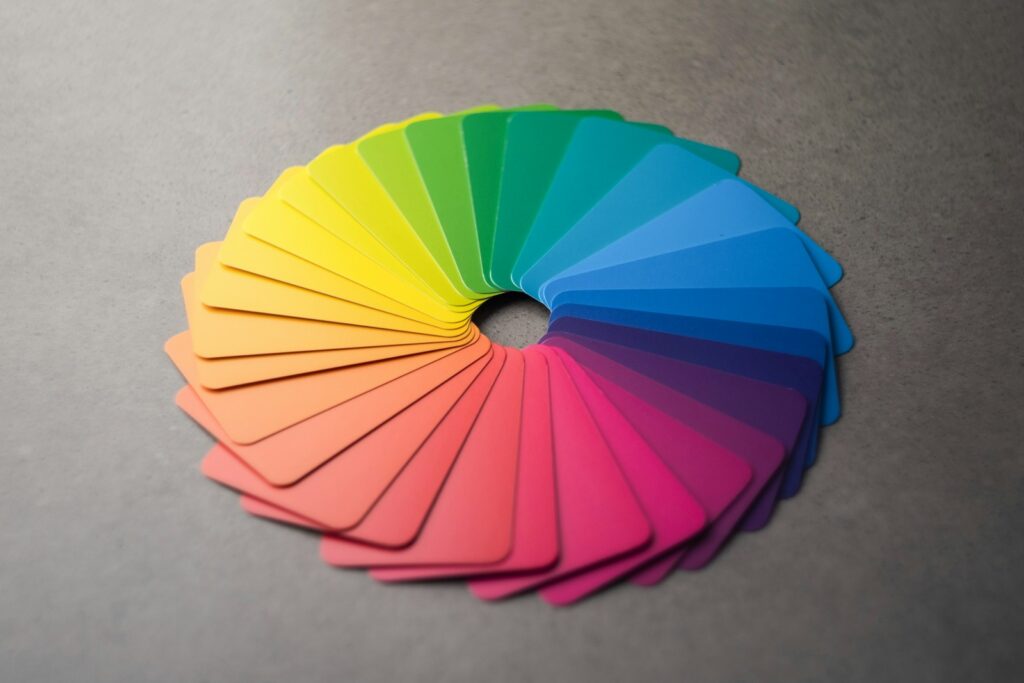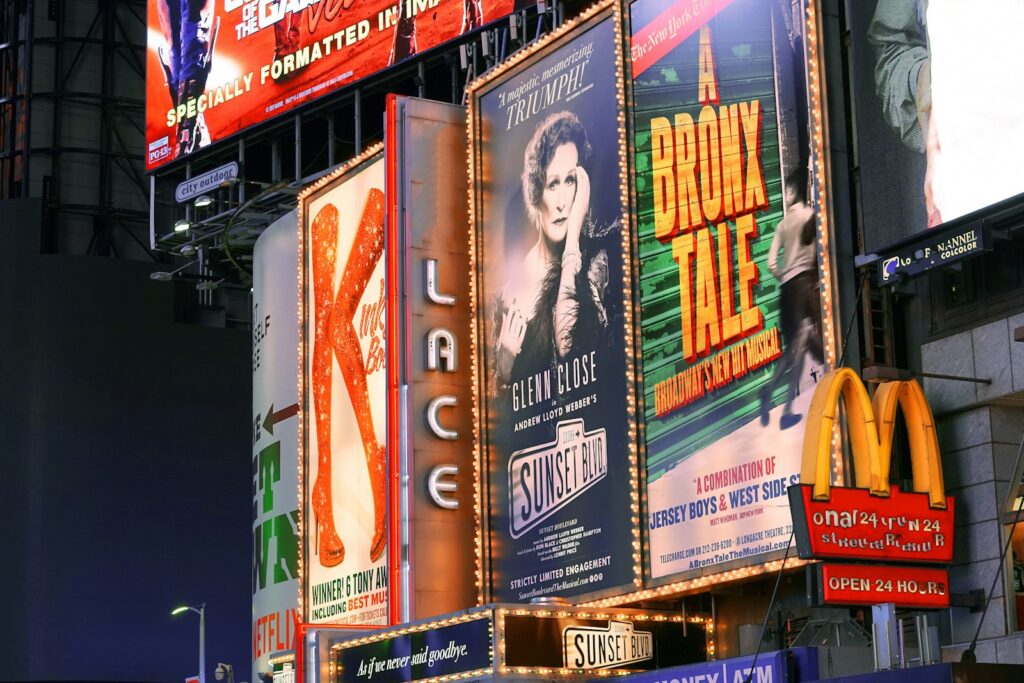Ever walked into a store intending to buy one thing and walked out with five? That’s not a coincidence; it’s psychology at play. Marketers and retailers rely on subtle mental triggers to influence how consumers think, feel, and act. These techniques are rooted in behavioral science and have been perfected over decades. From color psychology to scarcity tactics, these strategies manipulate perception, urgency, and emotion to encourage spending. Understanding these tricks can help you shop smarter and recognize how easily the human mind can be persuaded.
1. The Scarcity Effect

When a product is labeled “limited edition” or “only 2 left in stock,” it instantly feels more valuable. This tactic relies on the scarcity principle, popularized by psychologist Robert Cialdini in 1984. People fear missing out more than they desire to gain, a phenomenon known as loss aversion. Retailers use countdown timers, flash sales, and limited offers to create a sense of urgency. Even online, seeing “items disappearing fast” can trigger a buying impulse, convincing you to act before logic catches up.
2. The Anchoring Technique

Anchoring is a cognitive bias where our decisions rely heavily on the first piece of information we see. In pricing, this means showing a higher “original” price next to a discounted one. The brain perceives the lower number as a bargain, even if it’s inflated. Retailers also use “decoy pricing,” placing a higher-priced version beside the target item to make it seem more affordable. This trick subtly frames value, anchoring your sense of a good deal to the initial number shown.
3. Social Proof and Herd Behavior

Humans naturally look to others for cues on how to behave, a concept known as social proof. When we see a product labeled “best-seller” or “trending now,” we assume it’s worth buying. Online reviews, star ratings, and influencer endorsements reinforce this effect. The more popular something appears, the more legitimate it feels. Marketers have long capitalized on this herd behavior to build trust quickly. In essence, we follow the crowd because we believe so many people can’t all be wrong.
4. The Power of Color Psychology

Color isn’t just aesthetic, it’s psychological. Red triggers urgency, often used in clearance sales; blue evokes trust, seen in banking ads; green suggests freshness and calm. This science dates back to studies in the 1930s exploring emotional responses to color. Marketers deliberately design packaging and advertisements using hues that match their brand’s goals. Fast-food chains use warm tones to stimulate appetite, while luxury brands use black and gold for sophistication. Colors quietly guide emotions, shaping purchase decisions without a word spoken.
5. The Reciprocity Principle

When you receive something like a free sample or discount coupon, you feel compelled to give back. That’s reciprocity, one of the oldest tricks in persuasion. Introduced in Cialdini’s 1984 book Influence, it explains why shoppers often make a purchase after getting something free. The brain perceives imbalance until it “repays” the favor. Retailers use this by offering free trials, loyalty points, or gifts with purchase, making customers feel subtly indebted. It’s generosity on the surface, but strategy underneath.
6. The Emotional Connection Strategy

Logic rarely drives purchases; emotion does. Brands create ads that stir feelings of joy, nostalgia, or belonging to build trust and connection. Research in consumer psychology shows that emotional campaigns outperform rational ones nearly twice over. For example, Coca-Cola links happiness to its product, while Apple markets creativity. Emotional storytelling bypasses critical thinking and activates empathy, which directly influences spending. When you feel understood by a brand, you’re not just buying a product; you’re buying identity.
Comments